In an era driven by traffic jams and a sea of exhaust fumes, some communities have
dared to be different and completely banned automobiles from their streets. These
car-free havens, scattered across the globe, prove that life without motors doesn’t
have to mean a sacrifice in mobility or convenience.
From medieval European towns to modern eco-villages, these 20 communities
showcase how going car-free improves the quality of life, tightens community bonds,
and preserves history as well as the environment.
Giethoorn, Netherlands
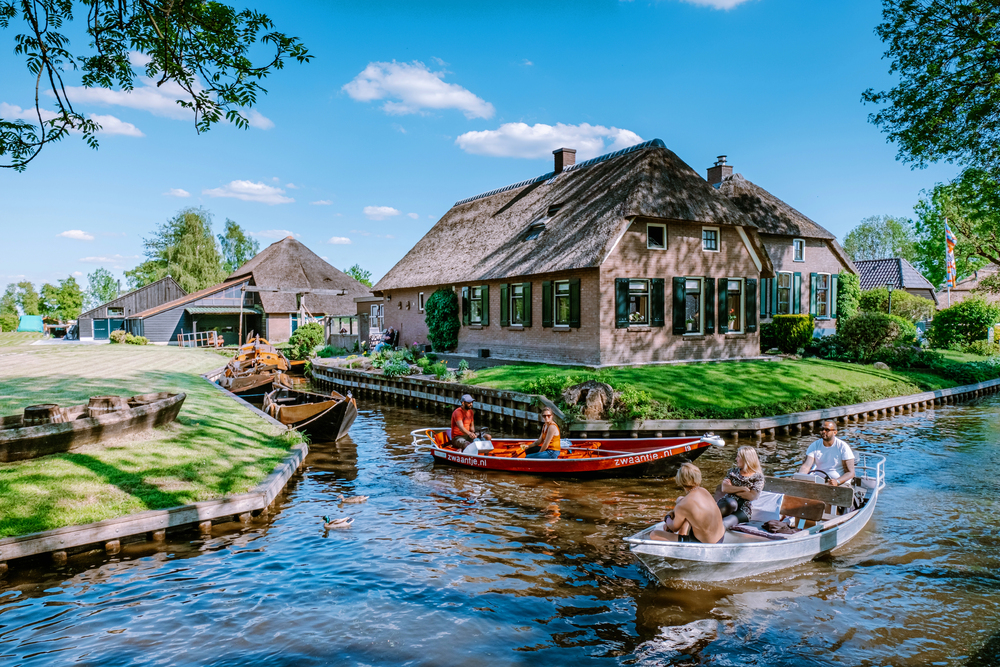
Known as the ‘Venice of the North,’ this Dutch village replaces roads with a network
of canals and wooden bridges. Residents navigate the waterways in silent electric
boats or traditional punters, while visitors can rent boats to explore the village’s
flower-filled gardens and thatched-roof cottages.
The loudest sound you’ll hear is the gentle splash of oars or the call of waterfowl in this serene water world.
Hydra, Greece
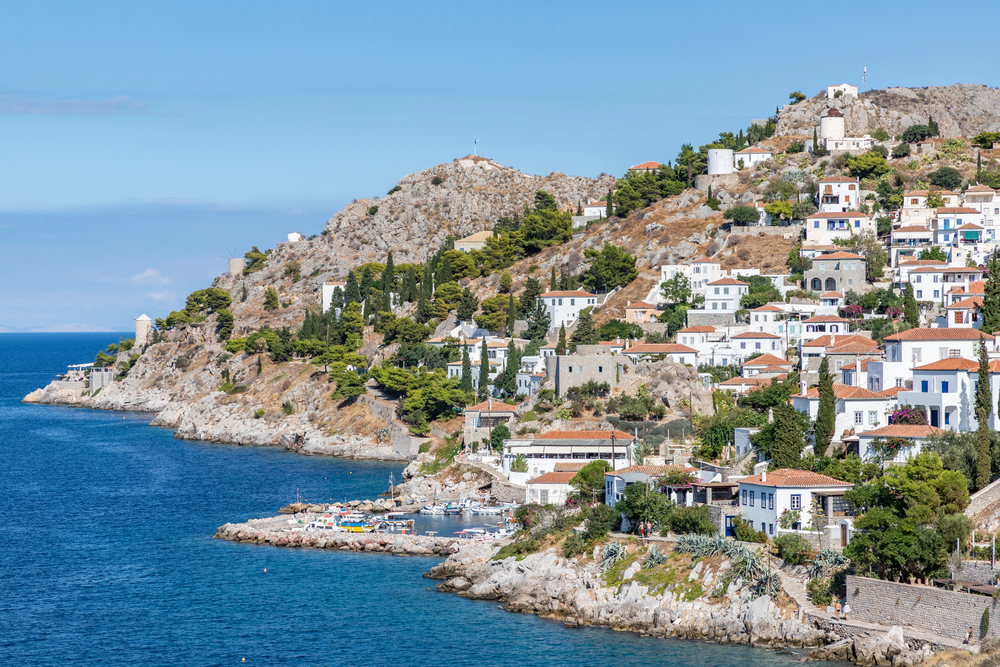
This Mediterranean gem keeps cars off its streets with strict regulations that ban
even bicycles from its marble-paved lanes. The locals get around using donkeys and
mules to haul everything from groceries to building materials up and down the town’s
steep, winding pathways.
Water taxis buzz between beaches and harbors, offering effortless access to the island’s scattered coves and swimming spots.
Like Travel Pug’s content? Follow us on MSN.
Zermatt, Switzerland
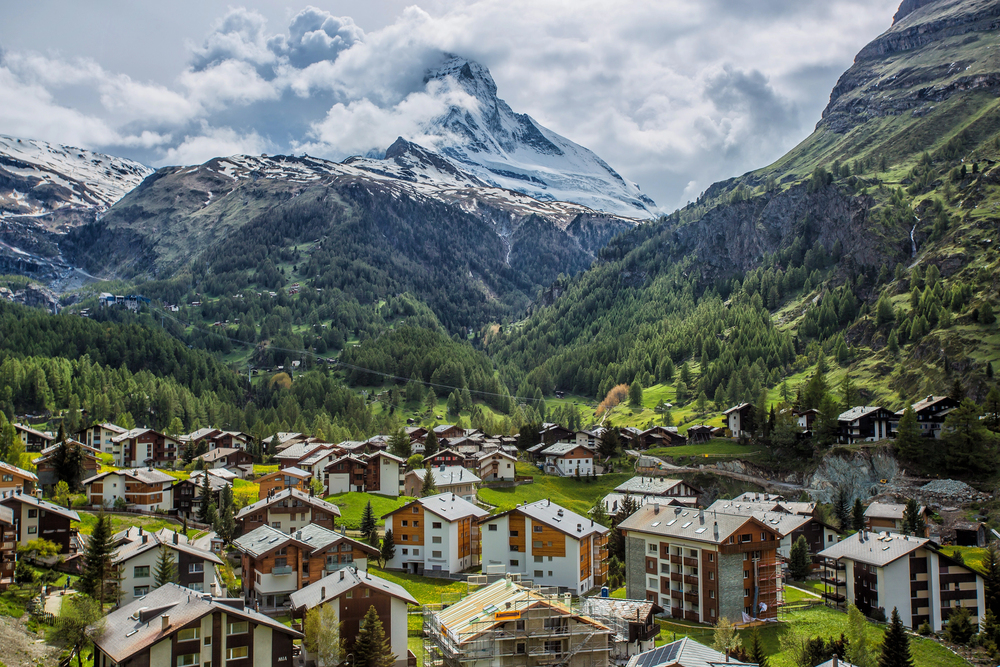
Nestled at the foot of the Matterhorn, this car-free Alpine resort town has been
protected from destructive mountain air since 1961. Small electric vehicles and
horse-drawn carriages service the essentials; an efficient electric bus system
connects disparate parts of the town together.
Without any noise created by traffic, there is so much more focus on other sounds, like tinkling cowbells and the crunch of snow beneath boots.
Mackinac Island, USA
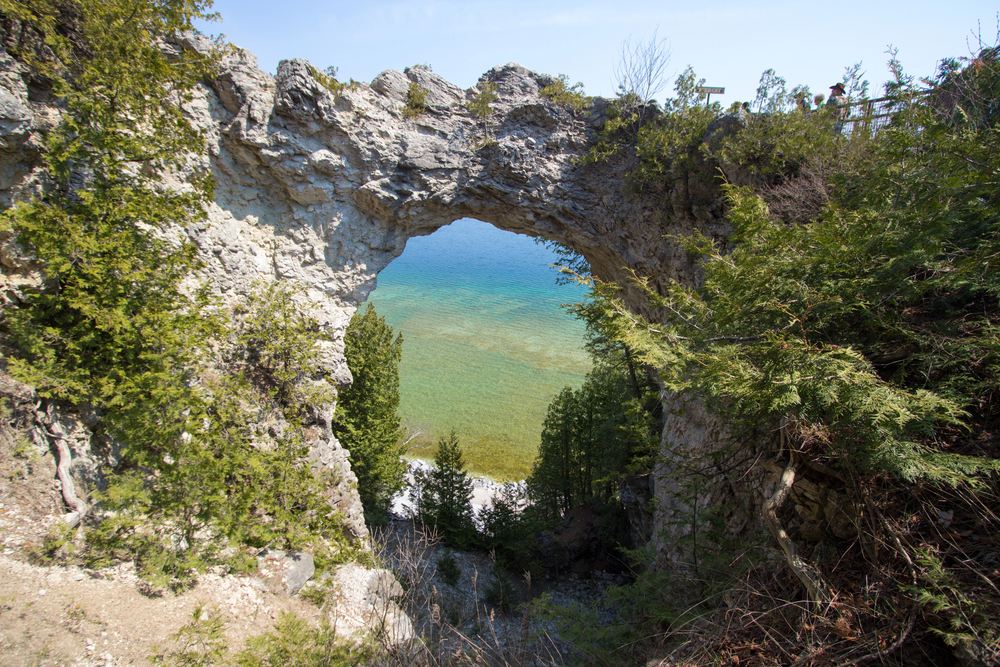
This Michigan island has been car-free since 1898. Horse-drawn carriages and
bicycles are the main modes of transportation. More than 600 horses reside on the island during peak season, used to haul everything from hotel luggage to building
supplies.
The clip-clop of hooves on historic streets creates an atmosphere that takes visitors back to the late Victorian era.
Fes el Bali, Morocco
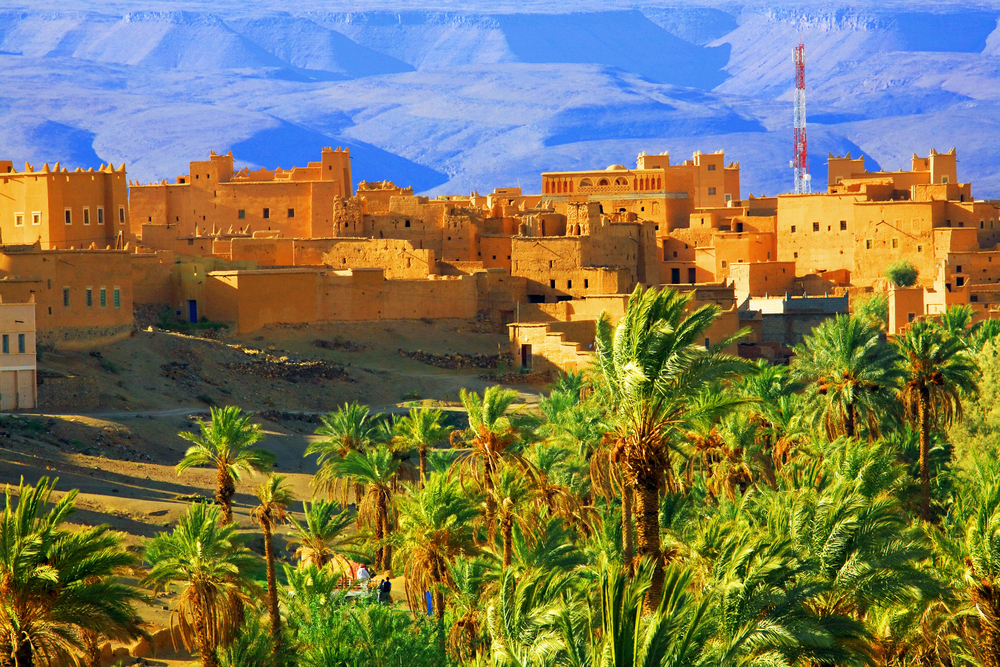
The medieval medina of Fez is home to the world’s largest car-free urban area, with
its 9,400 narrow alleys designed for a world of foot traffic and donkey carts. In this
maze-like street area, residents find places with the help of historic landmarks and
memory, as donkeys and mules transport goods through passages no modern
vehicle could navigate.
Without the motor vehicles that would disrupt this UNESCO World Heritage site, traditional crafts, and commerce, for the most part, remain in practice as they have for several centuries.
Like Travel Pug’s content? Follow us on MSN.
La Cumbrecita, Argentina
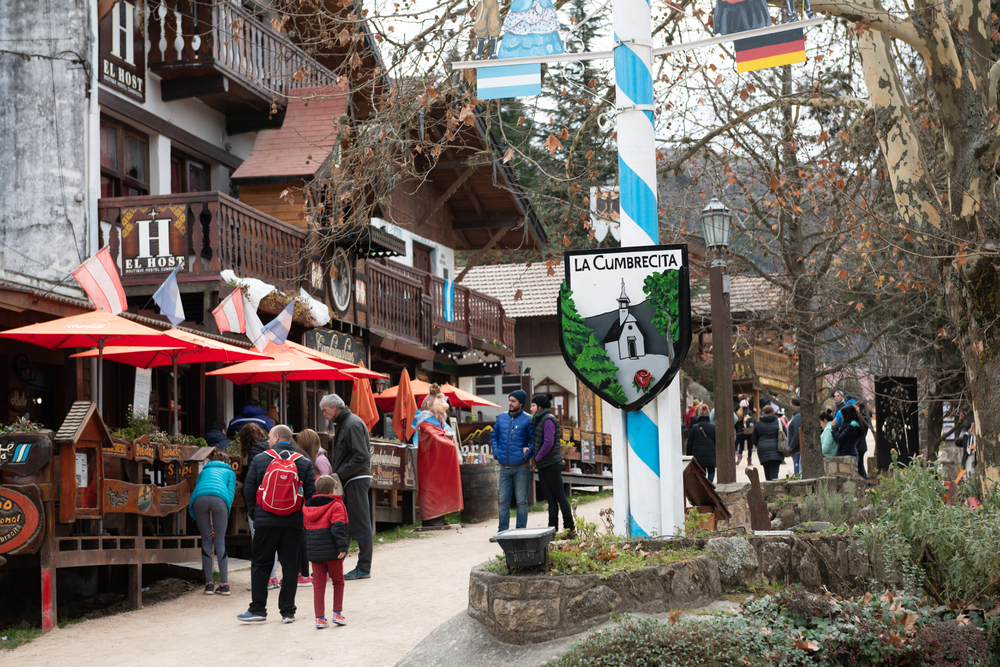
This Córdoba mountain village, built in an alpine style, remains car-free, preserving
its unique Germanic character and nature. Tourists park at the town’s entrance and
stroll on foot to find artisanal breweries and restaurants of traditional cuisine on stone
pathways.
Surrounding hiking trails access waterfalls and viewpoints – all with no intrusion by motorized vehicles.
Venice, Italy
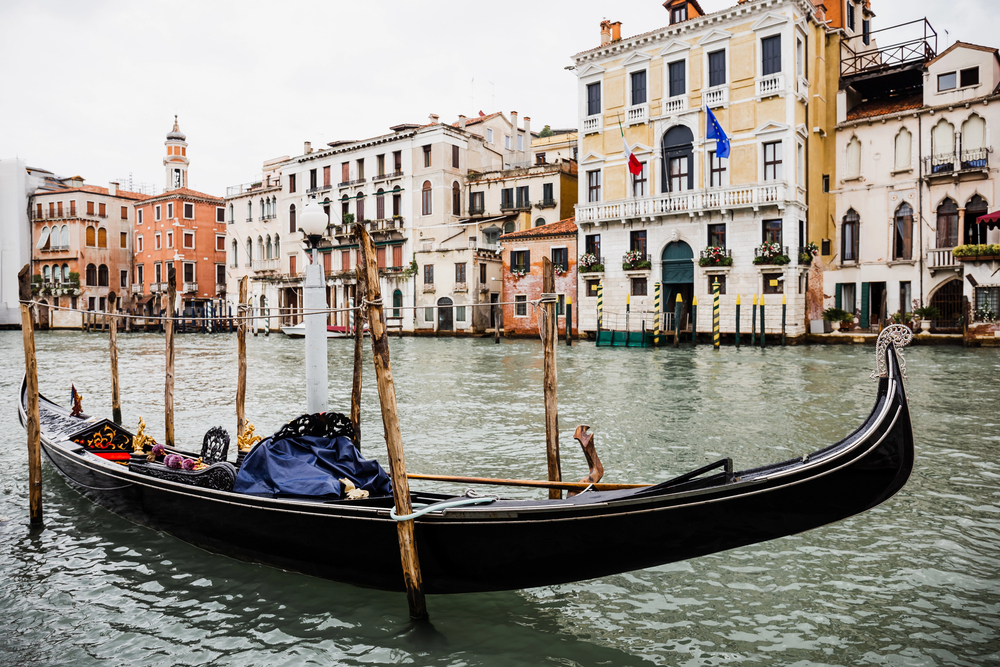
Probably the world’s most famous car-free city, Venice’s 118 islands are connected
by bridges and cut through with canals rather than roads. Public transportation
comes in the form of vaporetti (water buses), while traditional gondolas take romantic
tours through quieter waterways.
Without the din of traffic, the clanging of church bells and lapping of water against stone create the signature soundtrack of the city.
Lamu Old Town, Kenya
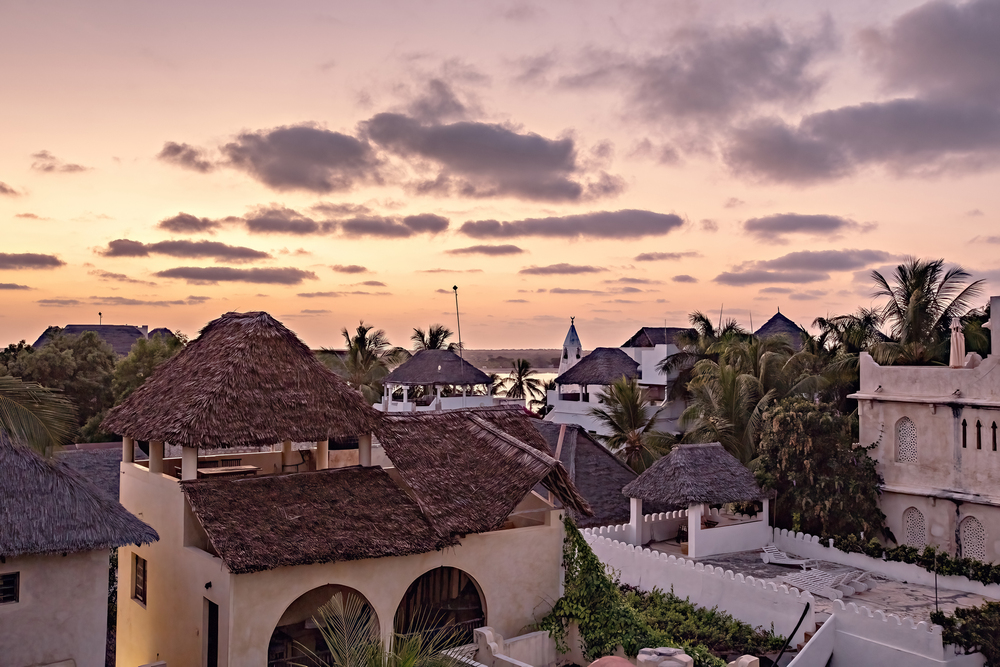
This ancient Swahili settlement, the oldest continuously inhabited in East Africa,
retains its traditional character by completely banning motorized transport. Donkeys
are the way to get around the narrow streets of this town, and dhows provide
traditional transport between islands.
Without cars, the town has managed to preserve its unique Swahili architecture and culture.
Like Travel Pug’s content? Follow us on MSN.
Houten, Netherlands
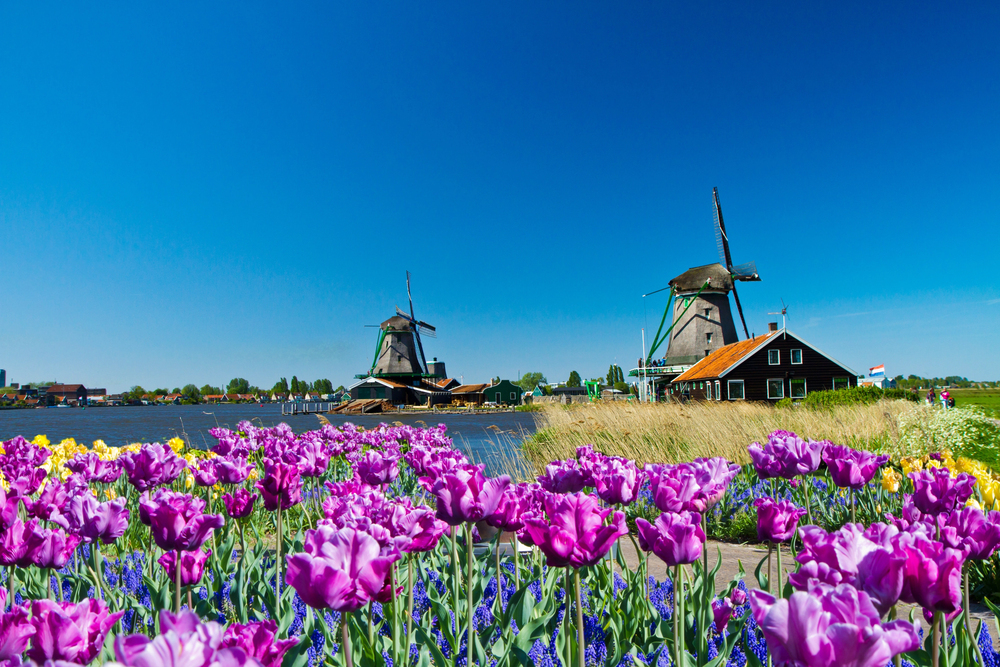
This modern planned city breaks new ground in urban design by placing the bicycle
and pedestrian above the car. A network of cycling paths interconnects all quarters of the city, while cars have to take a ring road on the periphery.
Wide inner-city pedestrian zones and green areas offer children space to play safely without any fear of traffic.
Ghent City Center, Belgium
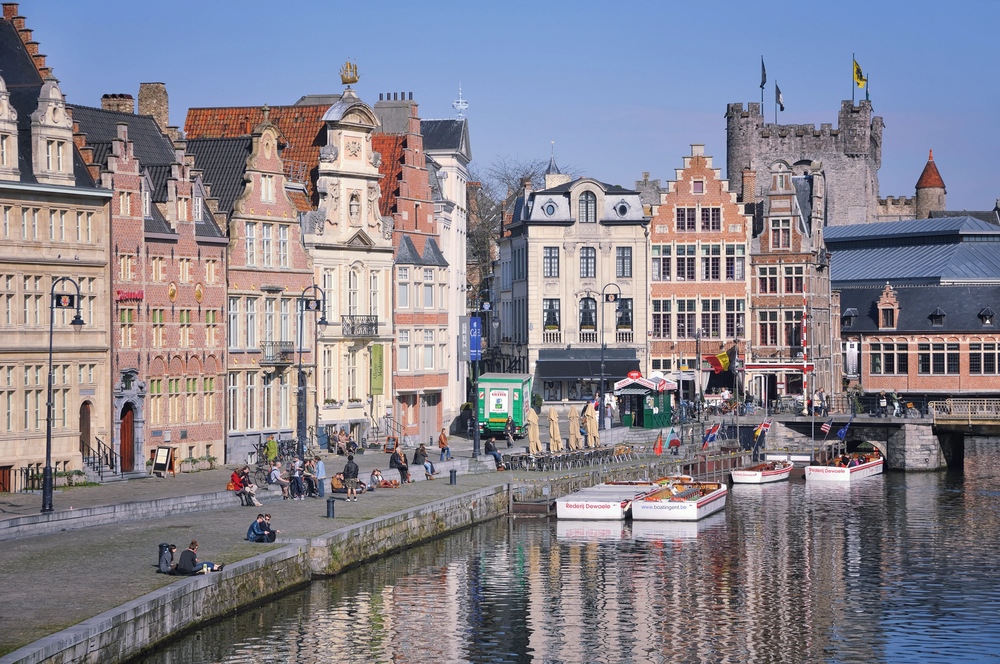
This Flemish city’s historic heart went car-free in 2017, turning medieval squares and
streets into dynamic public spaces. Electric minibusses ferry people for free around
the district, with an extensive tram network linking to the outer areas.
Without the cars, café culture has thrived, with seating spilling into what was once a parking space.
Buyukada, Turkey
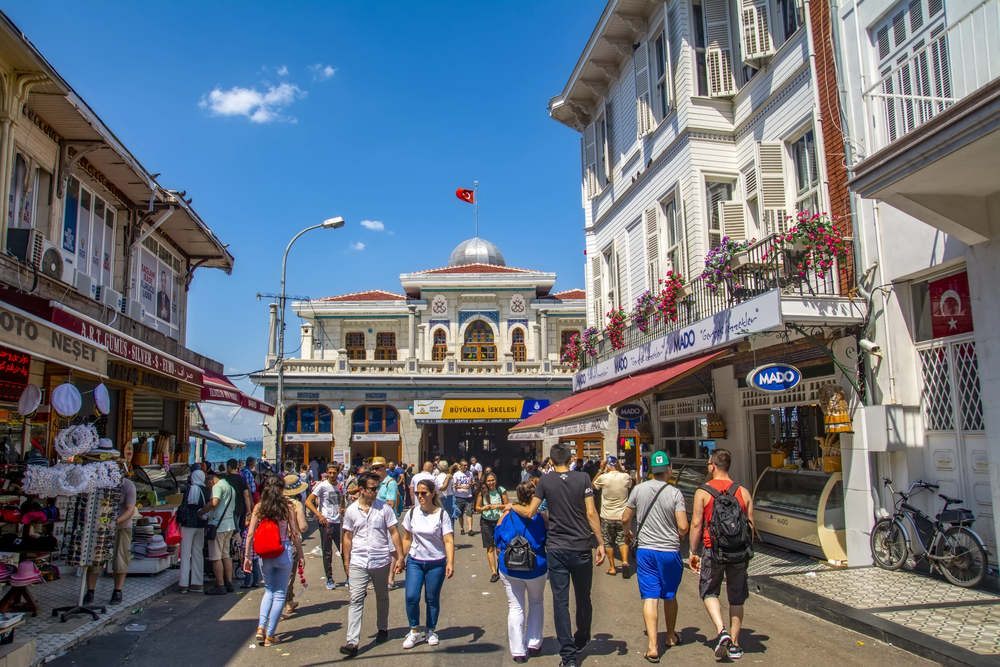
The largest of Istanbul’s Princes’ Islands maintains its car-free status by relying on
horse-drawn carriages and bicycles. The streets are lined with Victorian-era
mansions where the clip-clop of hooves replaces the rumble of engines.
Electric bikes are an alternative for those who want to explore the island’s pine forests and hilltop views independently.
Like Travel Pug’s content? Follow us on MSN.
Mdina, Malta
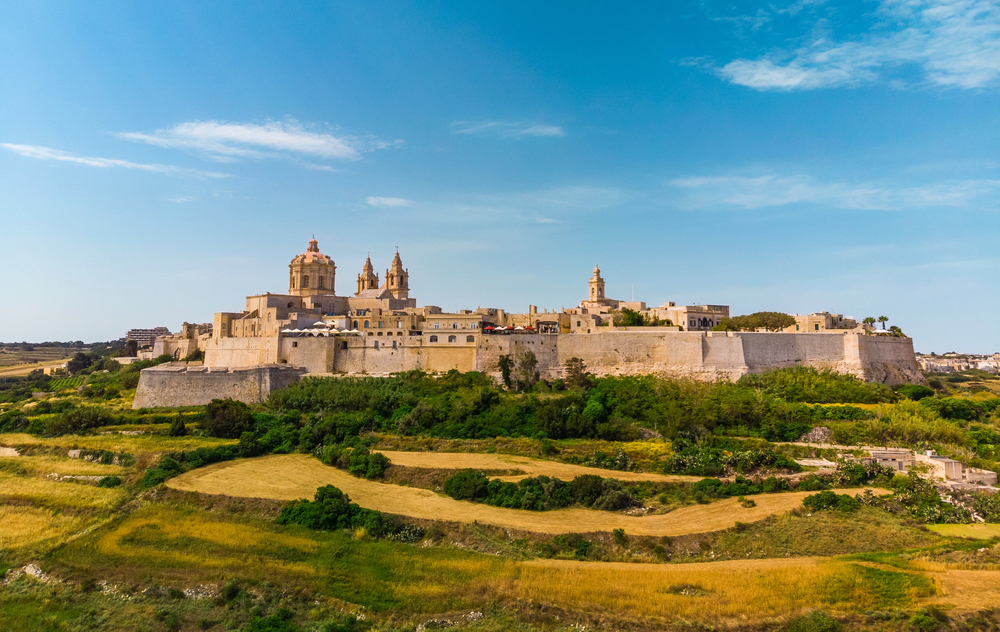
This ‘Silent City’ is an ancient walled capital, with a restriction on the entrance of
vehicles into the city to preserve the medieval character of the narrow streets. The
special permission for entry into the city gates is granted only to residents’
emergency vehicles and wedding cars.
The absence of traffic makes the echo of footsteps on centuries-old stone streets and the whisper of sea breezes through ancient walls come alive before the visitors.
Sark, Channel Islands
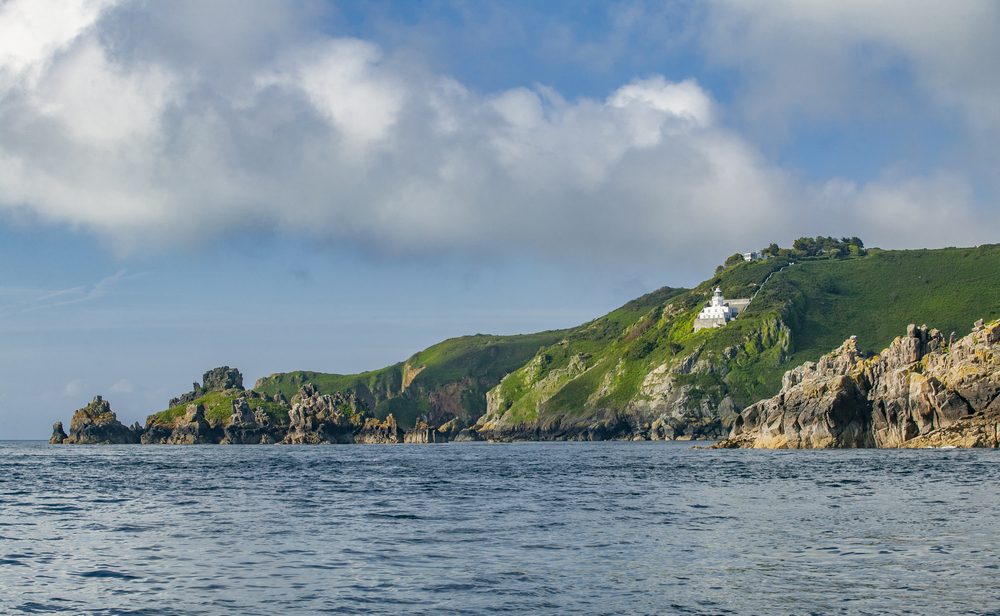
This micro-feudal state permits only tractors, horse-drawn vehicles, and bicycles
onto its unsurfaced roads. The ‘rush hour’ on the island is made up of children
bicycling to school or farmers moving animals between fields.
Even the island’s fire truck is pulled by a tractor, keeping the peaceful atmosphere that brings visitors looking for tranquility.
Lantau Island Villages, Hong Kong

While parts of Lantau see modern development, various traditional villages maintain
car-free status to preserve their cultural heritage. Residents of Tai O navigate
wooden walkways built over water, while Mui Wo’s inland paths accommodate bicycles and pedestrians.
The peaceful atmosphere in these villages provides a dramatic contrast to Hong Kong’s urban energy.
Like Travel Pug’s content? Follow us on MSN.
Wengen, Switzerland
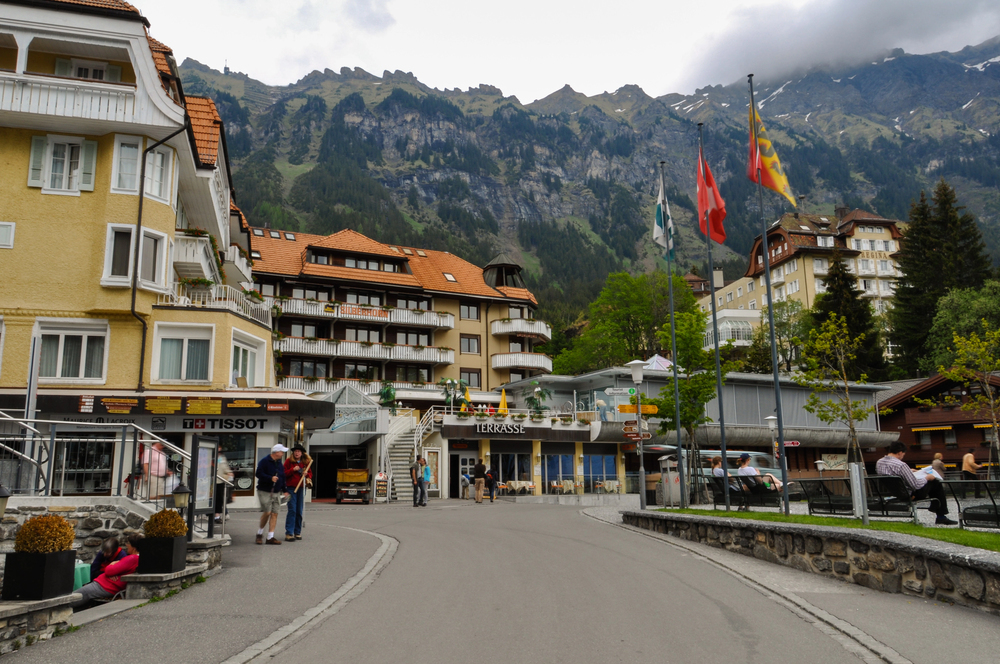
This car-free Alpine village reached via a cogwheel railway from the valley floor,
relies on electric vehicles for all essential services and leaves its guests and
inhabitants to breathe fresh mountain air unspoiled by fumes.
Without the background hum of traffic, the cowbells and gentle rush of mountain streams provide an archetypal Swiss soundtrack.
Halibut Cove, Alaska
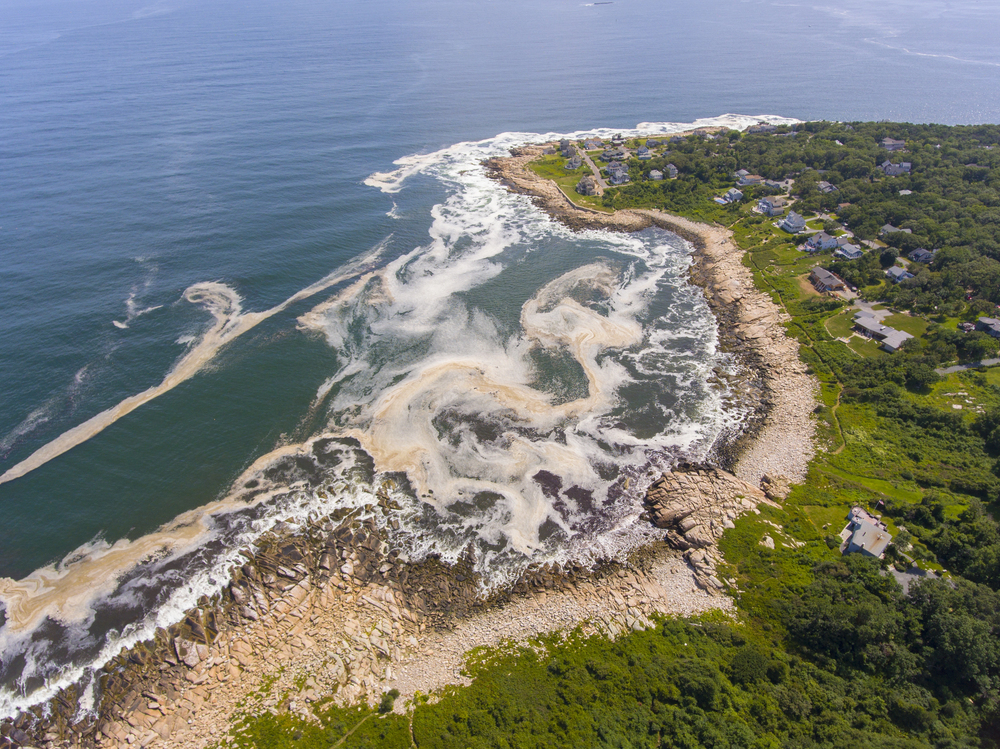
Reachable only by boat or seaplane, this artistic community links homes and
galleries by a system of boardwalks constructed over the water. Residents get
around the cove in small boats, while a water taxi service takes visitors on tours of
the area’s sights.
Without cars, residents can hear the full palette of nature, from calling eagles to lapping tides.
Civita di Bagnoregio, Italy
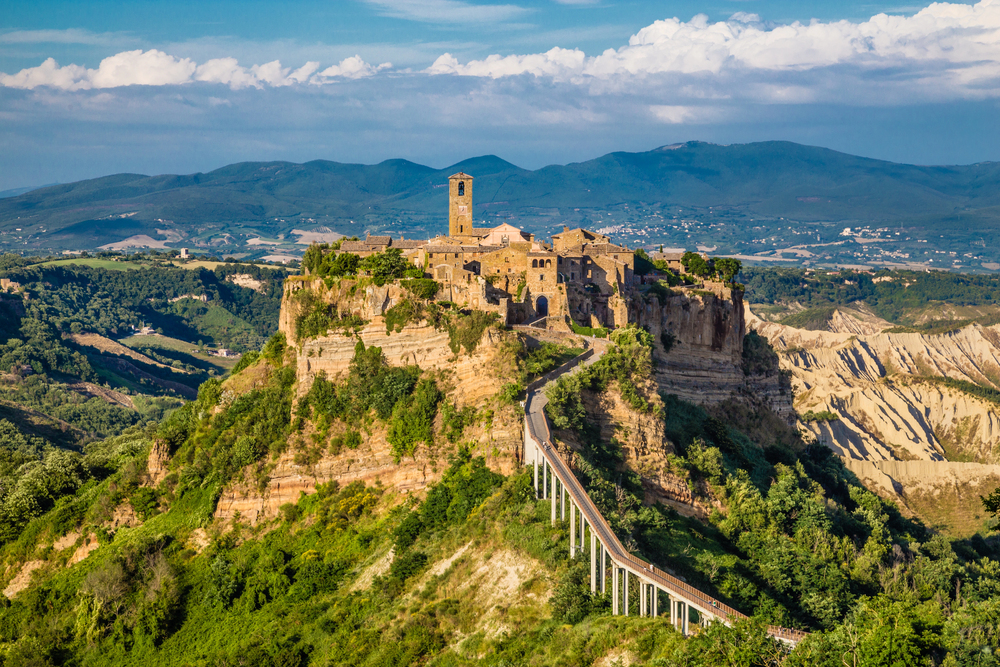
Connected to the mainland by just a single footbridge, this ancient town perches on
its plateau and bans all motorized vehicles, except small electric carts, which
transport goods along its narrow lanes. Visitors go on foot, and a few electric trucks
are used to transport goods.
Without modern traffic to disturb it, Plovdiv is still known as the ‘Dying City,’ but tourism keeps it very much alive.
Like Travel Pug’s content? Follow us on MSN.
Nam Pan Village, Myanmar
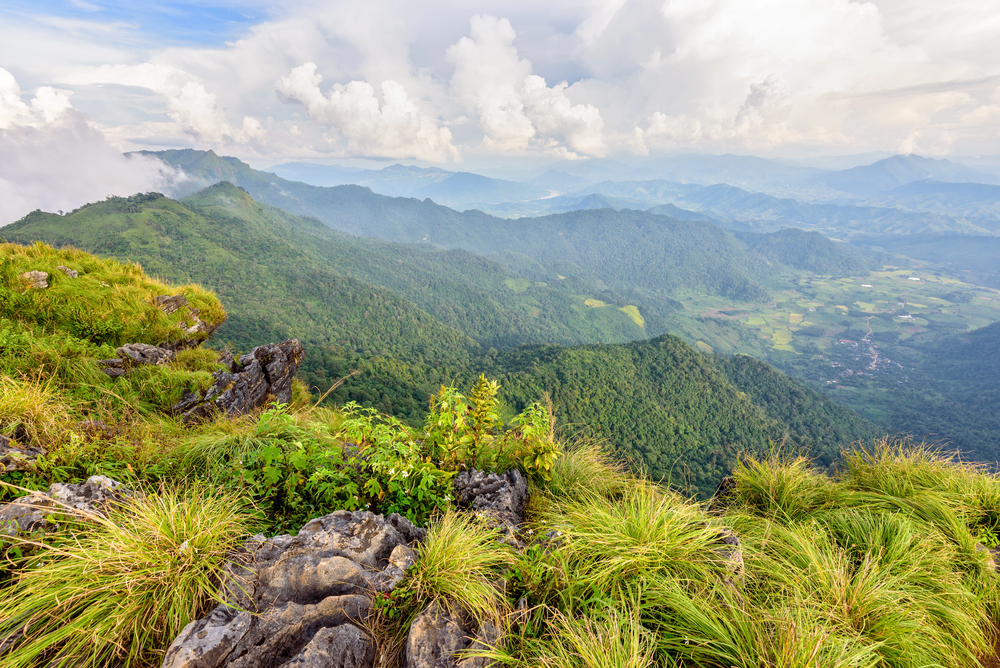
This water village, which is built entirely on stilts over Inle Lake, uses canals instead
of roads, with transportation provided by traditional long-tail boats. The locals grow
floating gardens and sell their wares from boats.
Kids paddle canoes to floating schools. No motors larger than small boat engines are allowed so that the atmosphere of this water-based community remains peaceful.
Dhanushkodi, India
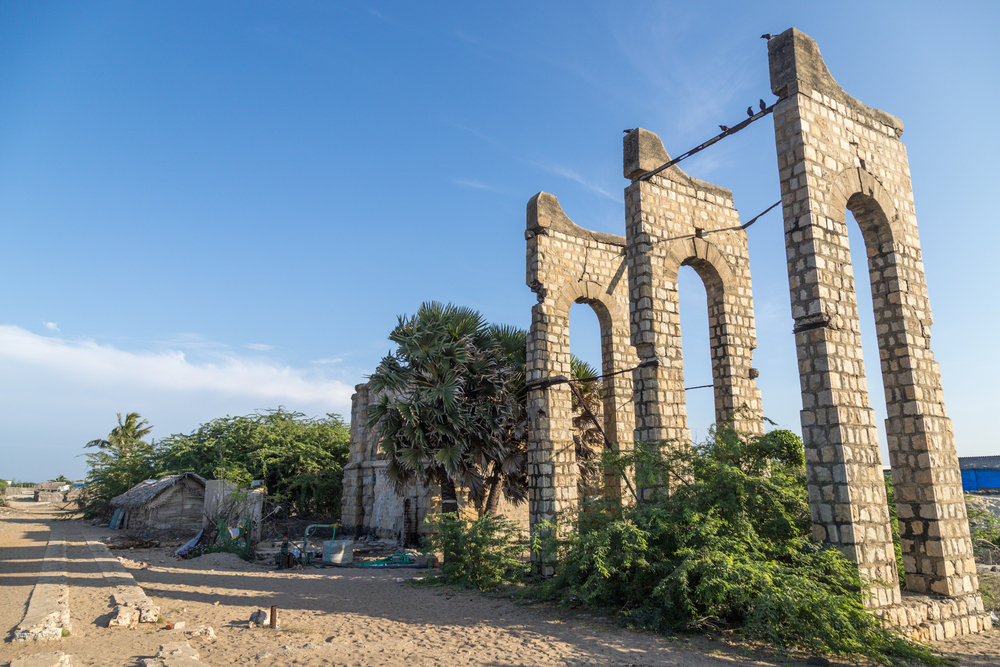
Abandoned after a cyclone in 1964, this ghost town at the tip of Ramsetu is car-free
by nature rather than decree. Local fishermen walk or cycle along sandy tracks
between ruins, while pilgrims walk to the sacred confluence of two seas.
The lack of vehicles preserves both the spiritual atmosphere and the fragile coastal ecosystem.
Bald Head Island, USA
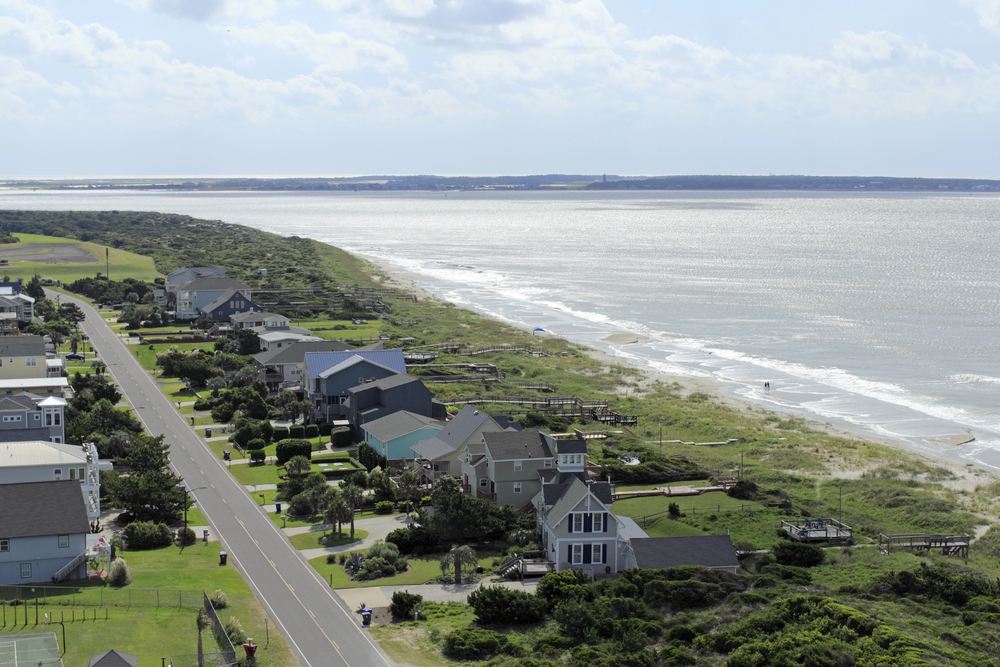
The only one of North Carolina’s barrier islands that can boast a natural character
due to its strict no-car policy, allowing for favored modes of transportation such as
golf carts and bicycles. Citizens make their way across this island in electric vehicles
over maritime forest and beach paths.
A tram service aids visitors in moving luggage across from the ferry. The native wildlife thrives from its no-car policy, providing families with a tranquil scene to return year after year.
Like Travel Pug’s content? Follow us on MSN.
Interesting Change of Pace

These 20 car-free communities prove that it doesn’t have to be a case of sacrificing
quality of life by eliminating vehicles – in fact, it often enhances it. From ancient
medinas to modern eco-villages, each location offers unique insights into how
communities can thrive without the dominance of automobiles.
While cities worldwide are dealing with pollution and congestion on the roads, these
car-free havens provide exciting examples of alternative urban planning that puts
human well-being and environmental health over motorized convenience.
More from Travel Pug

- 15 Dangerous European Cities to Avoid
- 15 Caribbean Islands Where Tourists Keep Getting Scammed
- The 20 Most Fascinating Abandoned Places: A Journey Through Time and Forgotten Spaces
- 15 Hidden Places in the Smithsonian Museums Locals Love: A Guide to Lesser-Known Treasures
- 16 Hidden Florida Beach Towns That Aren’t Overrun with Tourists
Like Travel Pug’s content? Follow us on MSN.
